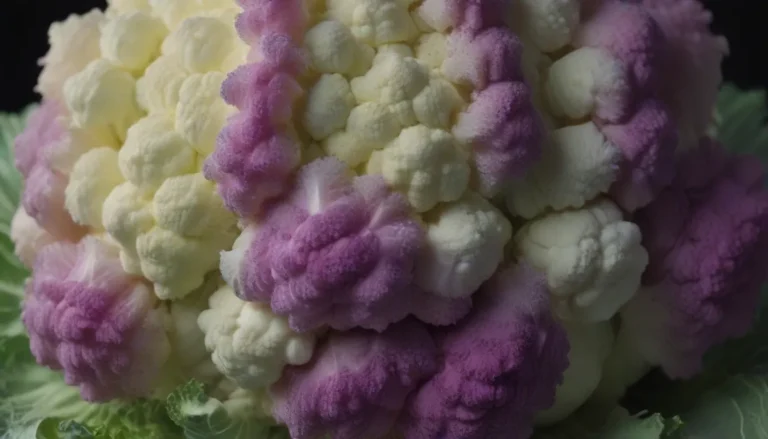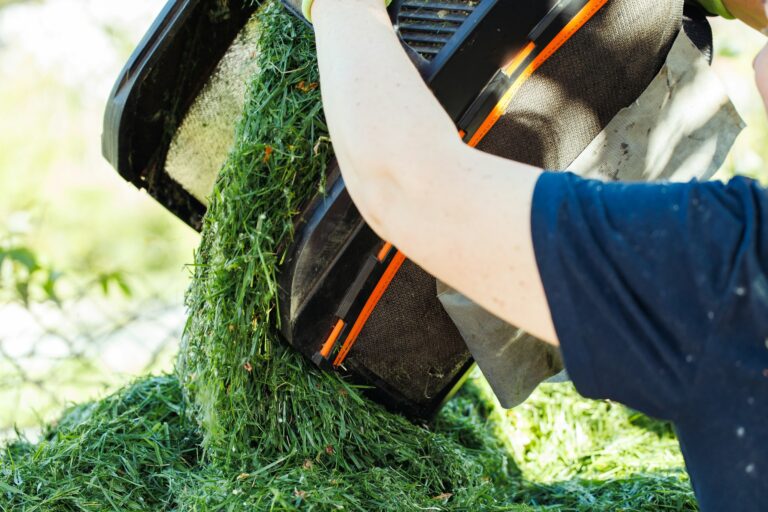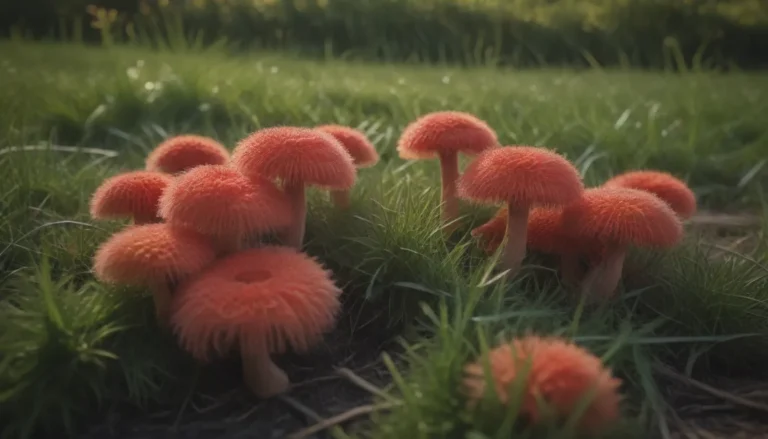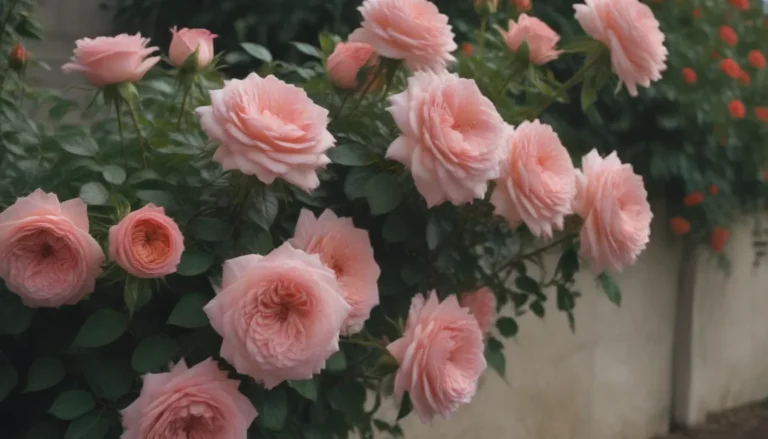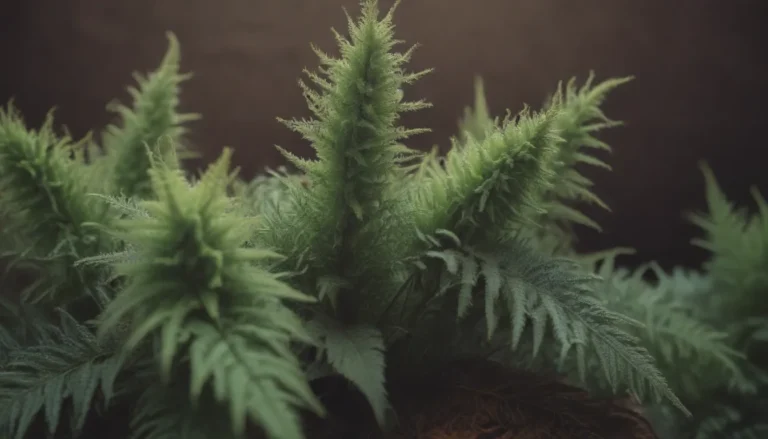How to Grow and Care for Lentil Plants: A Complete Guide
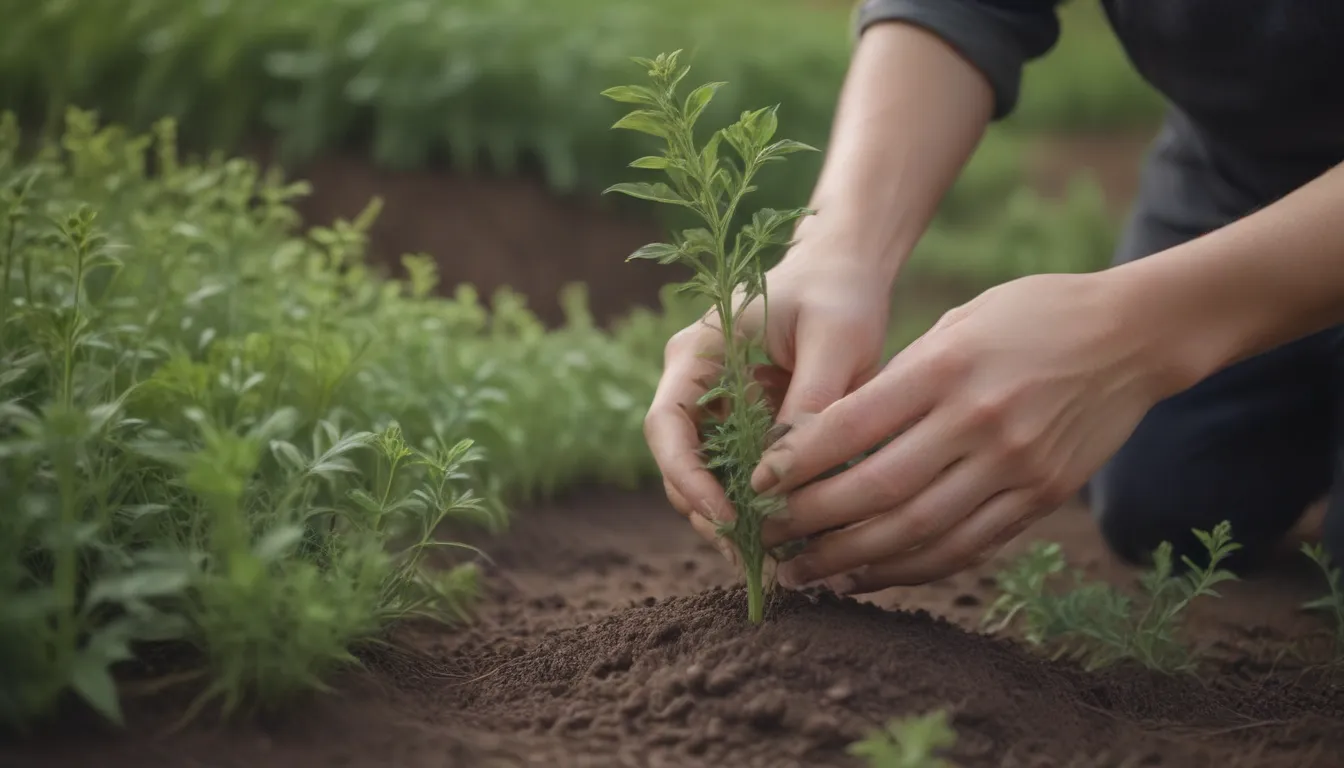
Are you looking to add a nutritious and delicious legume to your garden? Look no further than the lentil plant! Lentils are not only easy to grow but also very hardy, making them a great addition to any garden. In this comprehensive guide, we will walk you through everything you need to know to successfully grow and care for lentil plants.
Getting Started
Understanding Lentil Plants
Before we dive into the nitty-gritty of growing lentils, let’s take a moment to understand these wonderful plants. Lentils are annual legumes that belong to the Fabaceae family, along with peas and beans. They can be grown as a single stem or allowed to grow in a branched bush. Lentil plants thrive in full sun, well-draining soil, and mild temperatures, making them an ideal addition to any garden.
Selecting a Planting Site
When choosing a site to plant your lentils, keep in mind that they require full sun and prefer loamy, acidic soil. Avoid planting them in areas where other legumes have grown recently or with onions or garlic. Lentils also grow well near cucumbers and summer savory.
Planting Lentils
To plant lentils, sow the seeds in late April to early May, about three weeks before the last frost date in your area. Lentil plants can tolerate light frost, but planting them later may result in shorter plants with delayed and less abundant pod maturation. Plant the seeds 1 to 2 inches deep, with one inch between seeds and 18 to 24 inches between rows. Be sure to provide support for growing plants, either with a trellis or by spacing them 5 inches apart for proper air circulation.
Lentil Plant Care
Now that you’ve planted your lentils, it’s time to ensure they thrive and produce a bountiful harvest. Here are some essential care tips for your lentil plants:
Light
Choose a location for your lentils that receives full sun, preferably on the south or east side where the sun is warmest. Adequate sunlight will help your lentil seedlings grow quickly and produce healthy plants.
Soil
While lentils can adapt to various soil types, good drainage is essential. They prefer sandy loam soil that is well-drained and fertile. Avoid soils with high levels of saline, boron, or sodic content, as these may limit root growth and moisture uptake. Aim for a pH of 6.0 to 6.5 for optimal growth.
Water
After planting, water your lentils well without making the soil soggy. Provide about 1 inch of water per week, with at least 10 inches of annual rainfall. Lentil plants are drought-tolerant but may die if the soil becomes waterlogged. Stop watering when the pods begin to dry.
Temperature and Humidity
Lentil plants thrive in cool climates with limited rainfall. Ideal temperatures range from 65 to 85 degrees Fahrenheit, with humidity levels around 30 to 40 percent. Regions like eastern Washington, northern Idaho, and western Canada are ideal for growing lentils.
Fertilizer
Lentils generally do not require additional fertilizer. Instead, use compost and compost tea to enrich the soil. Before planting, use an inoculant to boost nitrogen levels in the soil. Once the plants have sprouted, apply compost tea to promote healthy growth and flowering.
Types of Lentil Plants
Lentils come in various types and varieties, each with its unique characteristics and flavor profiles. Some common types of lentils include:
- Brewer
- Green Eston
- Red Chief
- Masoor
- Puy
- Avondale
- Beluga
Whether you’re looking for a traditional green lentil or a unique black variety, there’s a type of lentil to suit every palate.
Common Myths: Green Lentils vs. Split Peas
It’s common to confuse split peas with green lentils, as both belong to the legume family. Split peas are dried field peas with their skins removed and split in half, while lentils are the seeds inside pods kept whole. Understanding the difference can help you choose the right legume for your culinary creations.
Harvesting and Storage
When it comes time to harvest your lentils, collect green pods within 70 to 80 days of planting for fresh consumption. For dry grain use, harvest the lentils when the lower pods turn brown in late July or early August. To test if they’re ready, hit a seed with a hammer – if it cracks, it’s ready to be harvested. Store dry lentils in an airtight container for up to one year.
Growing Lentils in Pots
If you’re limited on garden space, don’t worry – lentils can be grown in containers too! Use sandy or loamy soil with a pH of around 6, and plant two to three seeds per pot for optimal growth. Ensure proper drainage and provide 8 to 10 hours of full light daily for indoor-grown lentils.
Pruning and Maintenance
To ensure healthy growth and prevent overcrowding, prune weaker seedlings in pots to allow stronger plants to flourish. Remove any competing plants or weeds to promote airflow and prevent diseases. Lentils have difficulty withstanding weeds, so regular maintenance and care are essential for a successful harvest.
Propagating Lentil Plants
While lentils are typically propagated by sowing seeds in the ground, they do not propagate through cuttings or division. Plant seeds in well-tilled soil, 1 to 2 inches deep, with adequate spacing between plants. Provide a trellis for climbing support, and watch your lentils thrive as they mature in just a few months.
Common Pests and Diseases
Due to their preference for low humidity, lentil plants are relatively resistant to pests and diseases. However, occasional issues like blight, white mold, or root rot may occur, especially if lentils are not rotated with compatible crops. Rotate lentils with wheat or corn every three to four years to prevent disease transmission.
In Conclusion
In conclusion, growing and caring for lentil plants can be a rewarding and satisfying experience. By following the tips and guidelines outlined in this guide, you can cultivate a bountiful harvest of nutritious lentils to enjoy in your favorite recipes. Whether you’re a seasoned gardener or a novice, lentils are an excellent addition to any garden. Happy planting!

